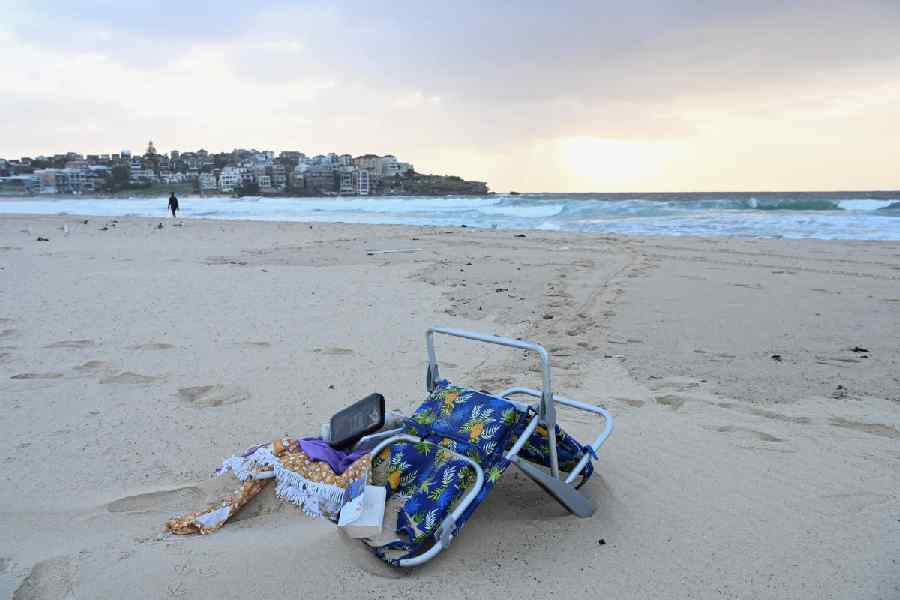 |
| Vendors sell rugda at Kutchery market in Ranchi earlier this month. Picture by Hardeep Singh |
Rugda, a variety of edible mushrooms, sells like hot cakes at local markets during monsoon. But this seasonal favourite is fast disappearing from the forests of Jharkhand and hence local markets, too.
But, thanks to the efforts of agricultural scientists of Ranchi, this rare mushroom seems set for a rebirth.
ICAR Research Complex for Eastern Region at Plandu, Namkum, has joined hands with the Directorate of Mushroom Research ICAR, Chambaghat, in Himachal Pradesh to save the rugda.
Scientists are planning to produce rugda, which used to grow in abundance in the forests of Jharkhand during the rains, on a larger scale for commercial purposes.
ICAR scientists, it seems, have drawn inspiration from local residents who are ready to shell out anything between Rs 120 and Rs 200 to buy a kg of this protein-rich mushroom.
“We get this only once a year. So, I don’t want to miss the chance of enjoying this culinary delight,” said Ramakant, a government employee.
He agreed that rugda had become a rarity these days. “Earlier, we used to enjoy it during the entire rainy season. But now, we get them only on a few days during monsoon,” he rued.
A couple of months ago, Ranchi scientists sent bulk samples of the mushroom to the Chambaghat directorate, which is now taking up the case on a priority basis to popularise rugda consumption.
“We might soon lose this edible mushroom, which grows only in dense forests. We would like to carry out extensive research before it vanishes and analyse its nutrient contents,” Manjit Singh, the director of Directorate of Mushroom Research ICAR, told The Telegraph over phone from Chambaghat.
Singh, who is also president of Mushroom Society of India, rued that no research was done on rugda in the past, and added they were now planning a book on mushrooms, including rugda. “The book will have all details about mushrooms.”
S. Kumar, the principal scientist and head of the ICAR Plandu centre, said, “Cultivation of rugda should start at the earliest. We will provide all necessary help to support the research.”
Rugda is found in the forests of Bundu, Tamar, Pithoria and some other areas in and around the state capital. Tribal women go to these forests early in the morning and collect the mushrooms, found primarily under the sal trees.
“It takes an hour to collect two-three kg rugda. We don’t find this mushroom everywhere,” said Kunti Devi, who comes from Bundu to sell rugda at the local Kutchery market.










